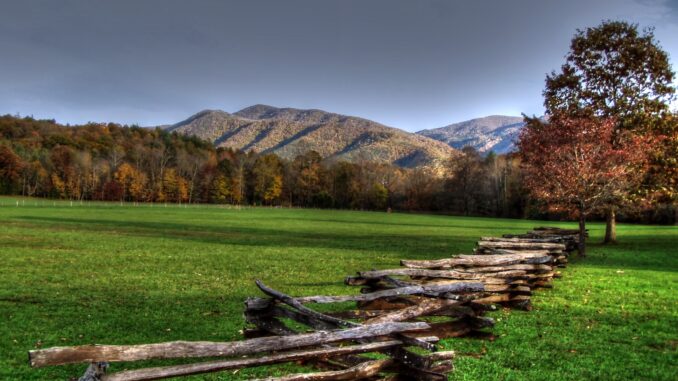
Nestled in the beautiful Smoky Mountains of Tennessee lies Cades Cove. This valley has been preserved and protected for centuries, making it a must-visit destination for history buffs. With its stunning views, rich history, and abundant wildlife, there are countless reasons to pack your bags and head to Cades Cove.
Here are just a few reasons why you should make Cades Cove your next travel destination:
1. Breathtaking Scenery
Cades Cove is renowned for its breathtaking scenery, and it’s not hard to see why. Surrounded by lush green forests and rolling hills, this valley offers some of the most stunning views in the Smoky Mountains. The 11-mile scenic loop road takes visitors through open fields, along streams, and past historic buildings, providing endless opportunities to take in the beauty of the area.
2. Abundant Wildlife
One of the main draws of Cades Cove is its abundant wildlife. The valley is home to a diverse range of animals, including deer, black bears, wild turkeys, and more. Visitors can spot these creatures in their natural habitat while driving or biking along the loop road. For a more up-close and personal experience with the wildlife, there are also several hiking trails that offer the chance to see these animals in their natural environment.
3. Rich History
Cades Cove has a rich history that dates back to the early 1800s when the first settlers arrived in the valley. These pioneers built homes, churches, and other structures that still stand today. Visitors can walk inside and explore these historic buildings. Some of the historic buildings include the John Oliver Cabin, the Cades Cove Methodist Church, and the cable mill.
4. Outdoor Activities
For those who love the great outdoors, there are a variety of outdoor activities, including hiking, biking, camping, and horseback riding. With over 80 miles of hiking trails, there is something for every level of hiker. Biking is also a popular activity in Cades Cove, with a designated bike lane on the loop road. And for those looking for a unique way to explore the valley, horseback riding tours are available.
5. Picnicking and Camping
What better way to enjoy the beauty of Cades Cove than with a picnic or a camping trip? There are several picnic areas scattered throughout the valley, offering the perfect spot to stop and enjoy a meal surrounded by nature. For those who want to spend the night, there are also two campgrounds in Cades Cove, with both tent and RV sites available.
6. Spectacular Fall Foliage
Cades Cove is particularly stunning in the fall, when the leaves change to vibrant shades of red, orange, and yellow. The valley is a popular destination for leaf-peeping.